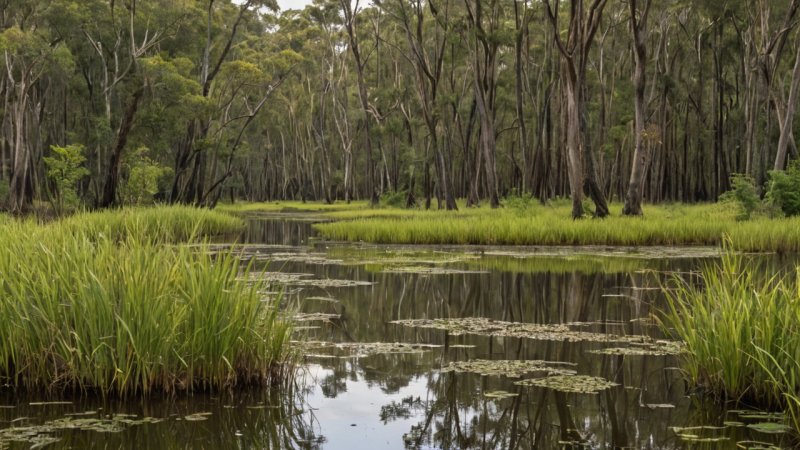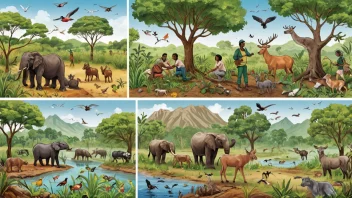Wetlands and forests are two of the most vital ecosystems on our planet, each playing a significant role in supporting biodiversity. While both provide essential habitats for various species, they do so in different ways and face unique challenges. Understanding the strengths and weaknesses of these ecosystems can help us appreciate their importance and the need for their protection. In this article, we will compare wetlands and forests in terms of their biodiversity contributions, environmental benefits, and conservation challenges.
Biodiversity Contributions
Both wetlands and forests are critical for maintaining biodiversity, but they support different types of species and ecosystems.
Wetlands
Wetlands, including marshes, swamps, and bogs, are among the most productive ecosystems on Earth. They provide essential breeding and feeding grounds for numerous aquatic and terrestrial species.
- Habitat Diversity: Wetlands host a wide range of species, including fish, amphibians, reptiles, birds, and invertebrates. They are essential for migratory birds and are often referred to as the "nurseries of the sea" due to their role in supporting juvenile fish.
- Plant Diversity: Wetlands are home to unique plant species adapted to saturated soils, contributing to overall plant diversity and offering food and shelter for various animal species.
Forests
Forests, on the other hand, are characterized by their tall trees and dense canopies, providing habitats for a different set of organisms.
- Terrestrial Biodiversity: Forests are home to approximately 80% of the world’s terrestrial biodiversity, including mammals, birds, insects, and fungi. They provide critical habitats for large mammals, such as bears and deer, as well as countless smaller species.
- Vertical Strata: The vertical structure of forests creates multiple layers of habitat, from the forest floor to the canopy, allowing for a diverse range of species to coexist.
Environmental Benefits
Both ecosystems provide significant environmental benefits that contribute to ecological balance and human wellbeing.
Wetlands
Wetlands play a crucial role in water purification and flood control.
- Water Filtration: Wetlands act as natural filters, trapping pollutants and sediments before they reach larger water bodies, thus improving water quality.
- Flood Mitigation: Wetlands absorb excess rainfall and reduce the risk of flooding by acting like sponges, storing water during heavy rains and releasing it slowly.
Forests
Forests, in contrast, are vital for carbon sequestration and climate regulation.
- Carbon Storage: Forests absorb large amounts of carbon dioxide, helping to mitigate climate change and improve air quality.
- Soil Conservation: The root systems of trees help prevent soil erosion, maintaining soil health and preventing land degradation.
Conservation Challenges
Despite their importance, both wetlands and forests face significant threats that jeopardize their health and biodiversity.
Wetlands
Wetlands are often drained for agriculture, development, and urbanization.
- Loss of Habitat: Approximately 50% of the world's wetlands have been lost due to human activity, leading to declines in species populations.
- Pollution: Runoff from agriculture and urban areas introduces pollutants into wetlands, degrading water quality and harming aquatic life.
Forests
Forests are primarily threatened by deforestation and climate change.
- Deforestation: Logging, agriculture, and infrastructure development lead to habitat loss, impacting countless species and disrupting ecosystems.
- Climate Change: Changes in temperature and precipitation patterns affect forest health, making them more susceptible to pests and diseases.
Conclusion
In conclusion, both wetlands and forests are crucial for biodiversity and provide essential environmental benefits. While wetlands serve as vital nurseries for aquatic life and help in water purification, forests play a significant role in carbon sequestration and soil conservation. However, both ecosystems face severe challenges that require urgent action for their protection. Understanding the unique contributions of each ecosystem can inspire individuals and communities to advocate for their conservation, ensuring a healthier planet for future generations.






